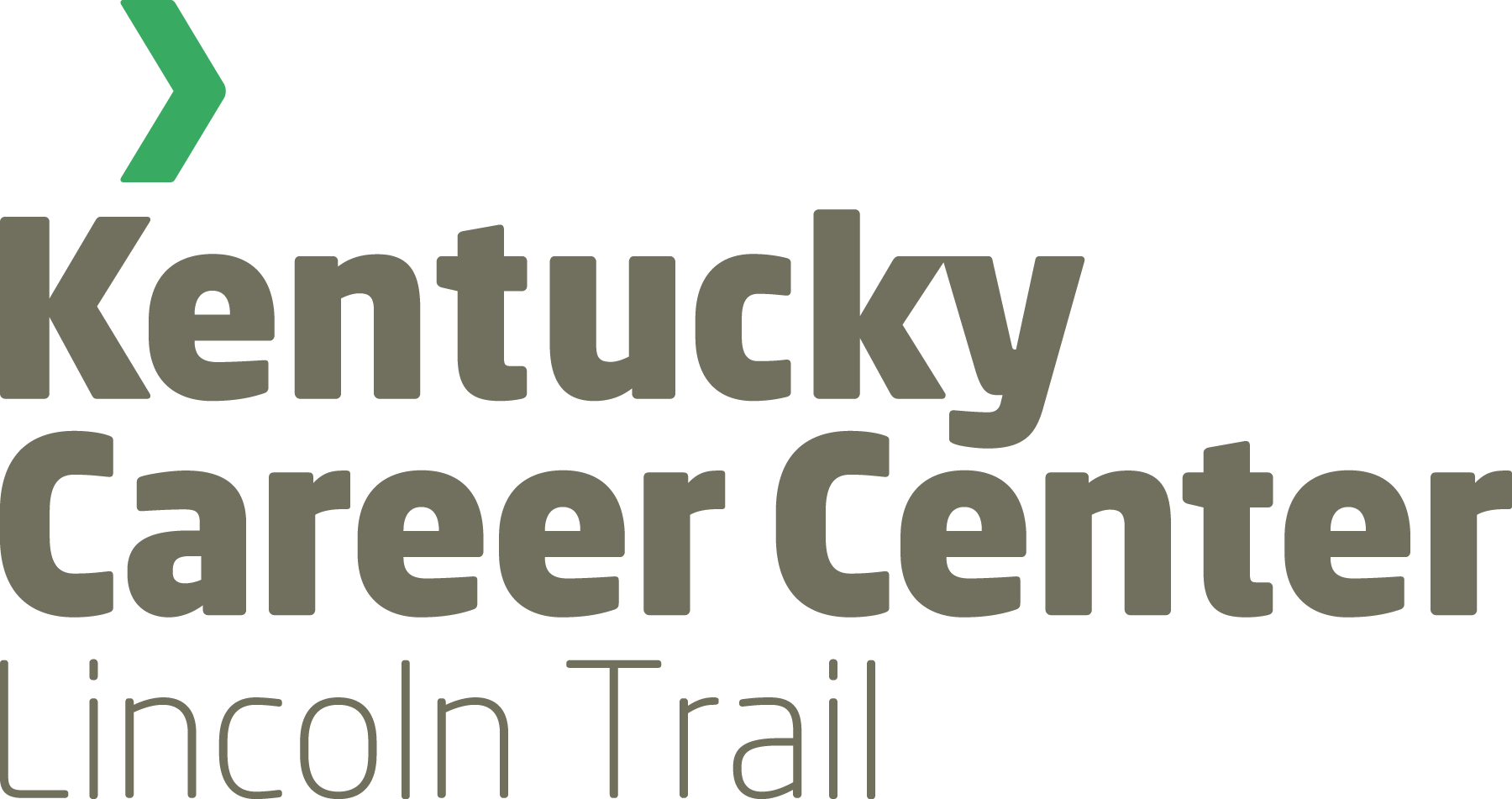Women still face gender wage gap despite progress in workplace equality
As we observe Women’s History Month, it is important to honor the remarkable efforts of women who have led the charge towards a more gender-inclusive society. While the word "history" often brings to mind bygone eras and a world that vastly differs from our own, the reality is that significant strides have been made in the realm of gender equality in recent years, and progress continues to be made today.

This is particularly true when considering demographic changes that have occurred in the workforce over the past few decades. For example, the amount of women who are family breadwinners has dramatically increased. According to a study from the Council on Contemporary Families, as late as 2000, only 15 percent of primary-earning mothers were married. But by 2017, married women accounted for almost 40 percent of mothers whose earnings were the primary support for their families.
More women are also taking on leadership positions to a greater degree. Just this year, for the first time since the Fortune 500 list began 68 years ago, more than 10 percent of CEOs leading Fortune 500 Companies were women.
However, despite many positive trends in recent years, the gender wage gap continues to be pervasive in the U.S. This is especially true here in Kentucky. Women in Kentucky aged 16 and older who work full-time, year-round have median annual earnings of $36,000, which is 80 cents on the dollar compared with men who work full-time, year-round, according to 2018 data from the Institute for Women’s Policy Research. If current trends continue, Kentucky will not see equal pay between men and women until 2069.
One major contributing factor in the gender wage gap is the societal expectation for women to take on greater responsibilities regarding parenthood than their male counterparts. Women often exit or reduce their working hours in the workforce after having children, either due to expensive childcare or personal reasons. Leaving the workforce or cutting back on working hours can interrupt the momentum of career development and progression, leading to greater obstacles for women to reach comparable levels of salary and promotion as their male counterparts who remained in the workforce.
More often than not, it is the mother taking on the role of family management, including responsibilities such as meal planning, grocery shopping, doctor appointments, school schedules and extracurricular activity schedules. In some cases, having these responsibilities outside of work makes it harder for a woman to devote as much time to her career as her male counterparts, which can lead to a stagnant career. In a survey by the Pew Research Center, mothers with children under 18 were three times more likely than men to say that being a working parent made it harder to advance in their careers.
Countering this issue often starts with employers, who can offer more flexible time off options for family issues, longer maternity leave, more opportunities for remote or hybrid work and childcare options. Of course, offering better wages can also combat the pervasiveness of women leaving the workforce due to the expense of childcare. In addition, because women are more often expected to balance their careers with parental and household responsibilities, employers must put more emphasis on actual work accomplished as opposed to an employee’s ability to work more overtime.
The gender wage gap is further impacted by the underrepresentation of women in science, technology, engineering, and mathematics (STEM) careers, which are still predominantly male-dominated. These careers tend to offer higher salaries than sectors such as education, which employs women at a much higher rate. Though more and more women are beginning to enter STEM careers, much more work needs to be done to promote opportunities in these careers among women and girls.

Women who choose to pursue careers in male-dominated industries often encounter significant challenges, including pervasive stereotypes about their abilities and skills, higher levels of stress and anxiety compared to women in other professions, and limited opportunities for career advancement. In a Pew Research Center study, female participants working in male-dominated fields reported that they had felt isolated, been passed over for important assignments, been denied a promotion or turned down for a job because of their gender.
To create a more inclusive environment for women, it is crucial to increase their representation in these fields, both among co-workers and in leadership positions. Encouraging girls to explore STEM careers from a young age can help to promote greater gender diversity in these industries.
Mentorship among women in these fields can make a difference, and men in these fields should be taught awareness and acknowledgment of the struggles of their female co-workers. Listening better and learning not to stereotype are things that can be emphasized through education and awareness in the workplace.
According to Pam Cook, Workforce Solutions Liaison at Elizabethtown Community and Technical College (ECTC), the college offers programs such as Upward Bound Math and Science to help female students find an interest in STEM careers. ECTC has partnered with five area high schools to help first-generation and/or low-income high school students learn more about STEM career options.
“It’s essential to begin early to show girls that this career field is a lucrative, fulfilling option,” Cook said.
ECTC also works with Family Scholar House to provide financial and educational resources to students to stay on track in completing their educational goals. She said this serves as a good social safety net for women who are balancing family responsibilities with career advancement.
“For single mothers, support like this can be life-changing,” she said. “Women who otherwise wouldn’t be able to further their education and improve their situation now have that opportunity.”
The Kentucky Career Center - Lincoln Trail is also a great regional resource for job search assistance, resume preparation and mock interviews, training and tuition assistance, career workshops and more.
The issue of the gender wage gap will not be solved overnight. Our society is progressing towards improving the issue by increasing flexibility, promoting women to leadership positions, empowering them to take high-paying technical roles, and providing better safety nets for women and mothers. While we are headed in the right direction, there is still more work to be done.
By Julie Tanaro
Julie Tanaro serves as Community Partner Coordinator, CareerTEAM at the Kentucky Career Center - Lincoln Trail. She can be reached at julietanaro@careerteam.com.
Our Social Networks


